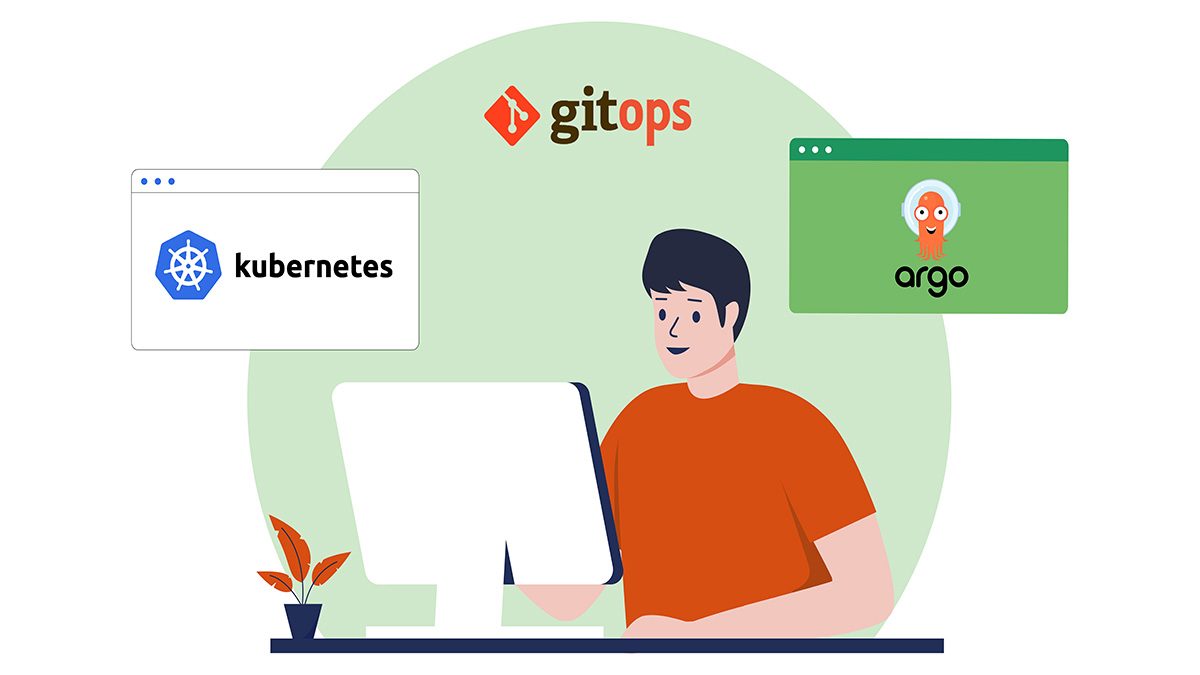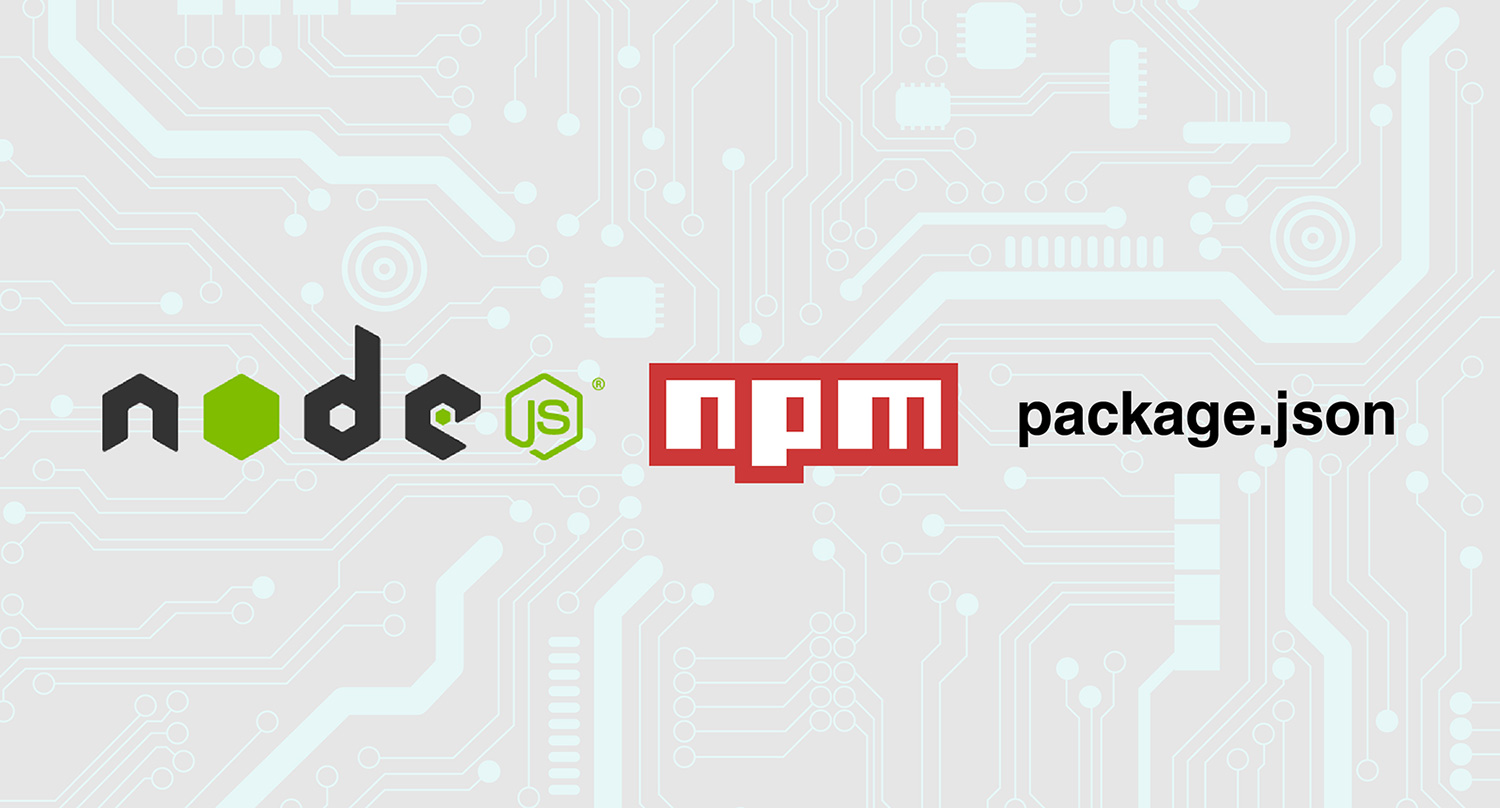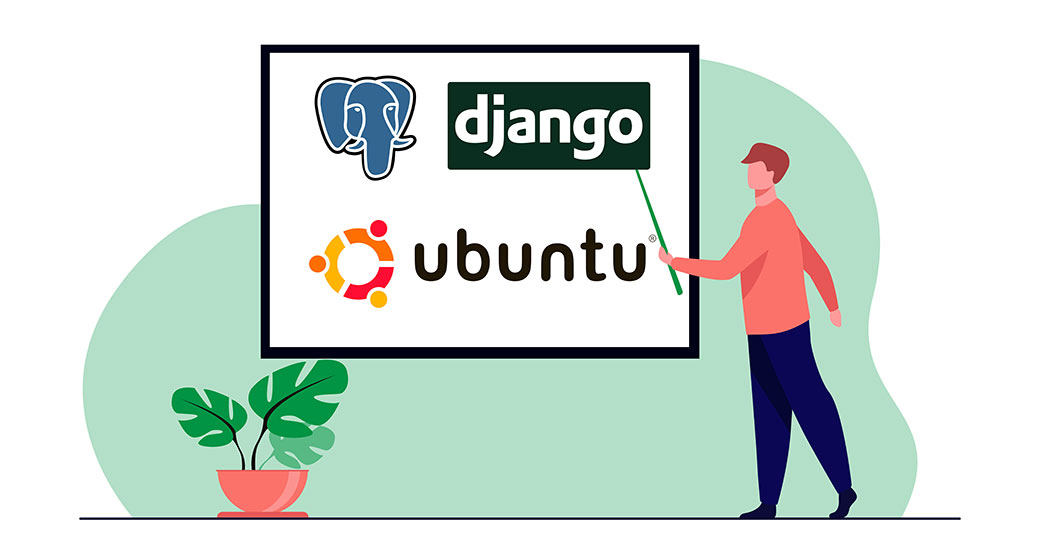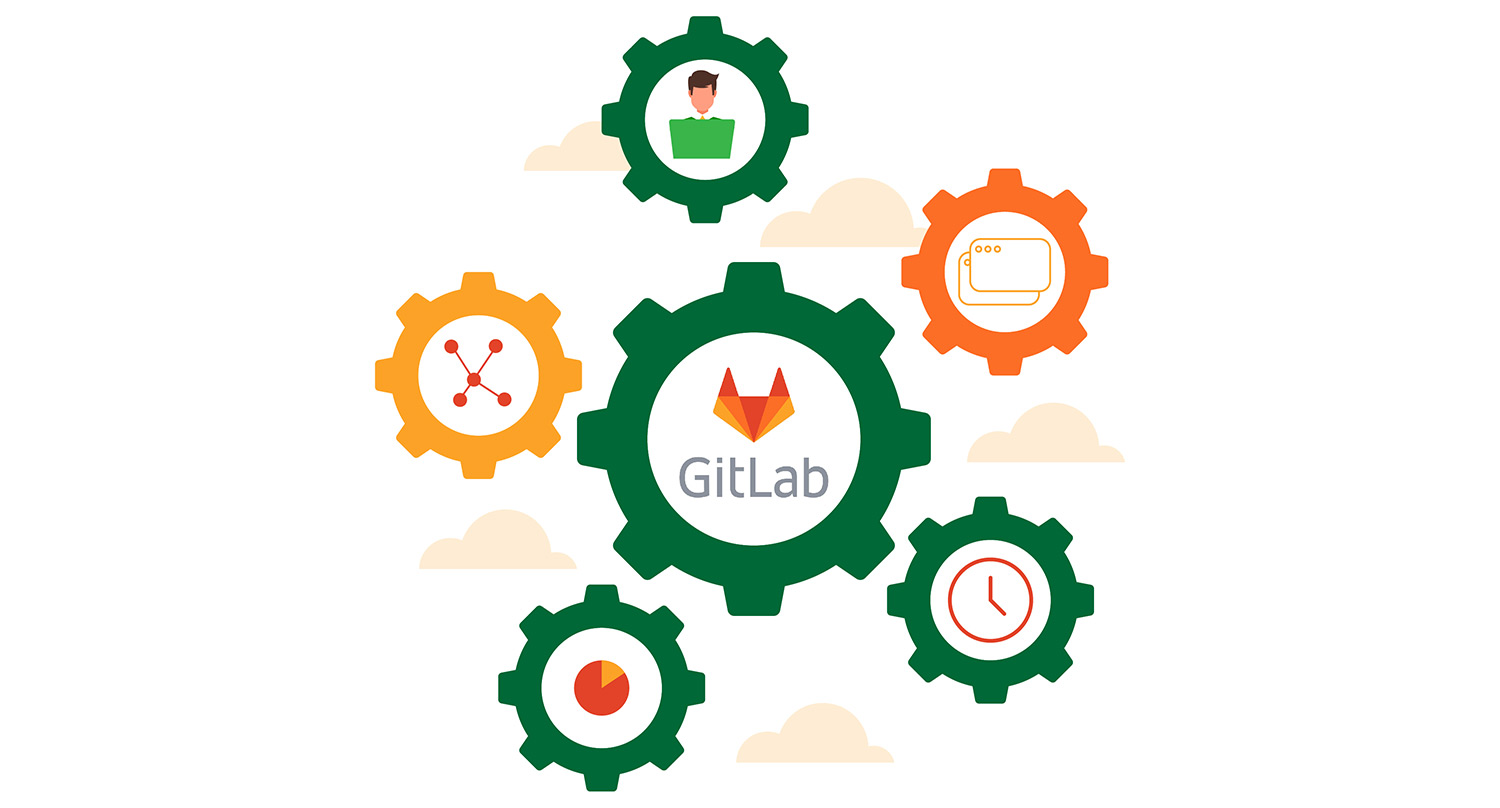Building websites is the initial step of getting started with web development. One of the first things web development enthusiasts must learn is how to set up CSS and HTML for a website. By setting up the basic introductory page, a beginner can get ready with the website design basics, hone their web development skills, and learn to collaborate with …
Deploying Applications on Kubernetes Using Argo CD and GitOps
Introduction Kubernetes has become a standard for deploying large applications. It helps developers gain significant advantages and offers features that are not available in traditional server hosting. Kubernetes allows horizontal scaling without the hassle of infrastructure. Furthermore, it reduces the cost of acquiring and maintaining the infrastructure as the application grows. However, managing applications on Kubernetes can also be complex …
Introduction to Cookies: Understanding and Working with JavaScript Cookies
Browser cookies, or HTTP cookies, are text files made up of tiny bits of data. Websites use this information to track a user’s journey, allowing them to offer tailored-fit features and improve their browsing experience. Cookies can store up to 4096 bytes of data. However, we can add a limited number of cookies per domain, depending on the browser. A …
An Overview of Data Types in Ruby
Ruby is a well-known programming language. It aims to improve simplicity and productivity. It’s also a fully object-oriented programming language. In addition, Ruby comes with an elegant syntax that’s natural to read and easy to write. Any programming requires managing various data types. A data type describes a specific class of data. It tells the machine how it should handle …
Using Node.js Modules with npm and package.json: A Tutorial
Node.js is an open-source cross-platform Javascript runtime environment. For the last few years, it has become a popular choice for back-end web development due to its fast Input/Output (I/O) performance and unbeatable JavaScript syntax. Also, its adaptive nature allows quick customization, making this server technology stand out from its competitors. Node.js Package Manager — An Overview Node.js Package Manager or …
Smooth Scrolling in Action Using React: A Tutorial
React is an open-source JavaScript library used for building futuristic website designs and improving user interfaces. Due to its robustness, flexibility, and efficiency, it has outperformed its competing front-end libraries and frameworks. React provides excellent features and stand-out functionalities that facilitate customization and dynamic animation. In the list of animation collections, smooth scrolling in React helps in increasing web app …
Working with Strings in Ruby
Ruby is an interpreted, dynamic, reflective, object-oriented programming language. Developed by Yukihiro Matsumoto, Ruby focuses on simplicity and productivity. The elegant syntax allows developers to read and write code easier. In this guide, we will be working with strings in Ruby. Prerequisites To perform the steps demonstrated in this tutorial, you need the following components: A properly-configured Ubuntu system. Learn …
Creating Views in the Django Web Application Framework
Django is a powerful, open-source, Python-based web framework that streamlines the process of creating and managing websites and web apps. Django applications are scalable, high-performance, and secure. It also comes with really good documentation on every single part of the framework. In our series on Django, we’ve been exploring Django by implementing a sample website with basic blogging features. In …
Using PostgreSQL with Django on Ubuntu 21.04 Server
Django is a well-known web framework that streamlines the process of creating robust, scalable, secure, and high-performance web apps. It’s an open-source project written in Python. You can check out more detailed information on Django here. Any web app requires a database as the backend to manage data. Django supports various database engines as the backend, for example, MySQL, PostgreSQL, …
Using GitLab for Managing Projects
Introduction GitLab offers a very convenient way to work with remote repositories on centralized servers. Anyone coming from GitHub or any other tool might consider that there are many other tools offering this service. However, use cases differ from team to team. GitLab’s main advantage is that you get complete control over your repositories and setting permissions. In this tutorial, …
How to Import Packages in Go
Go (also known as Golang) is an open-source, statically typed programming language. It was originally developed by Google. Some notable features of Go include simplicity, high performance, readability, and efficiency. Like any other prominent programming language, the standard library of Go offers a rich set of packages. However, we can also extend the functionalities by incorporating third-party packages. This guide …
Enabling and Connecting the Django Admin Interface
Django is a popular, free, and open-source web application framework built on Python. It strives to streamline web app development. Django comes with a solid set of components to develop websites faster and easier. In our series of articles on Django, we have been exploring how to use Django with a demo app. In this guide, we will build on …













